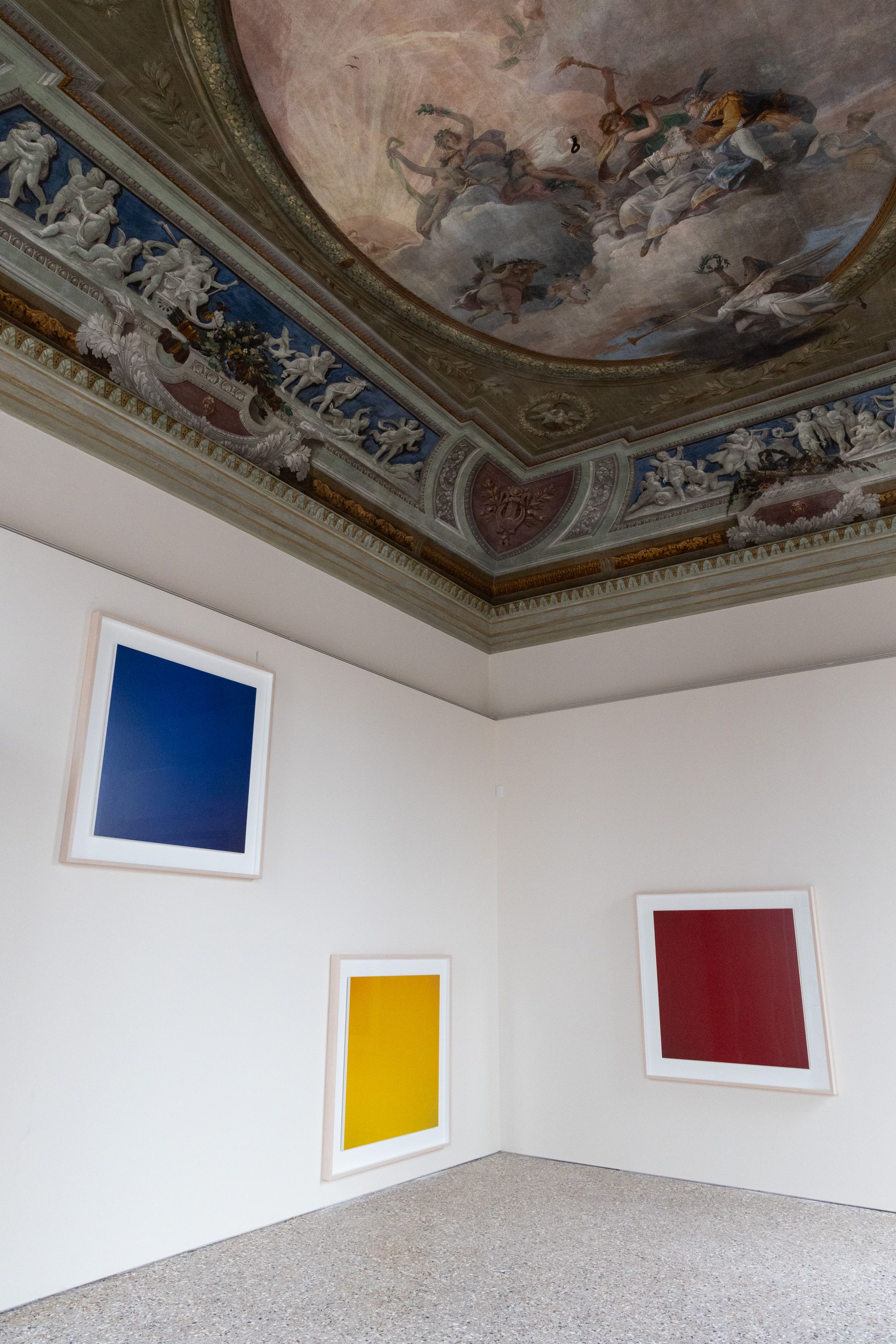Among the hundreds of temporary exhibitions opening in Venice this week, one will become a permanent addition to the city. Palazzo Diedo, a spacious former 18th-century residence in the Cannaregio district, was purchased in 2022 by German-American billionaire philanthropist Nicolas Berggruen and opens to the public on April 19. It is the largest contemporary art space to open in the city since the launch of François Pinault’s Punta della Dogana in 2009.
Berggruen, who founded the think tank Berggruen Institute, already operates a cultural center in Venice, which opened in 2021 in Giudecca, dedicated to interdisciplinary research and debate. What sets the newest venue apart is its total focus on contemporary art. Mainly, it will serve as artists’ studios and exhibition space.
“Venice used to be known as a place where things were created. Over time it has become a well-known place for displaying things. I want to revive manufacturing here,” says Berggruen The Journal of Art. Artists will be invited to create specially commissioned works in situ during six-month residencies in Venice, from autumn to spring; these works will later be displayed in the space.
The 4,000-square-foot mansion has “large volumes even for Venice,” Berggruen says, and will also display works from his personal collection. The building was chosen by Mario Codognato, who serves as the chief curator of the Palazzo Diedo. Codognato organized the inaugural show, which features works by ten artists, most of them collected by Berggruen. These include Jim Shaw and Sterling Ruby; the latter carried out artistic interventions on the facade of the building when Berggruen bought it.

Hiroshi Sugimoto, clarifying (2024) Photo: Massimo Pistore. Courtesy of Sugimoto Studio
The program title, Janus, the Greek god of transitions and doors, is linked to Palazzo Diedo’s curatorial impulse: to fuse the historical and the contemporary. To that end, several of the building’s painted ceilings that were irreparably damaged were painted by the artists who participated in the inaugural show, and will remain as permanent works. Two cycles of frescoes and one Roman whims (a scene combining historical and fictional elements) by 18th-century artists Francesco Fontebasso and Costantino Cedini have also been fully restored.
It is not only periods of time, but also geographies, that the Palazzo Diedo will try to save, bringing together works from the East and the West. Opening in Venice makes sense for this reason, Berggruen says, as it is a historic crossroads for world trade, and remains so through events like the Venice Biennale.
The location also has contemporary geopolitical benefits. As Berggruen points out, the main headquarters of its institutions are in California and Beijing, which are “increasingly at political and ideological disagreement, something that probably won’t get better.” Europe is a “more neutral space,” he says. add that the commissioned resident artists will have carte blanche and must not do work that coincides with the main research areas of the Berggruen Institute, such as democratic reform and artificial intelligence.
Also opening this week is a smaller Venice contemporary art foundation, by Italian artist Vincenzo de Cotiis, in a 15th-century mansion on the Grand Canal. The space will be inaugurated by three monumental arches by de Cotiis, which will be installed in the courtyard of the Palazzo Giustinian Lolin.
Meanwhile, Turin collector Patrizia Sandretto Rebaudengo’s upcoming foundation on an abandoned island in Venice’s lagoon is nearing completion. Today (April 18), Korean dancer and choreographer Eun-Me Ahn, along with her troupe of ten artists, held an island-wide performance.

